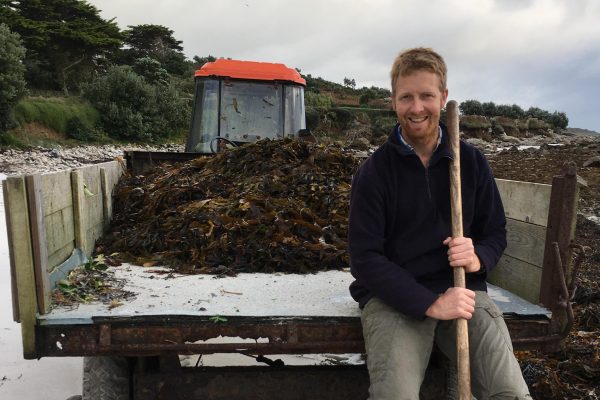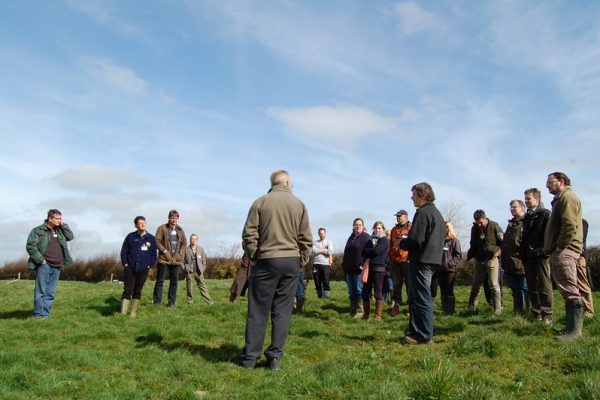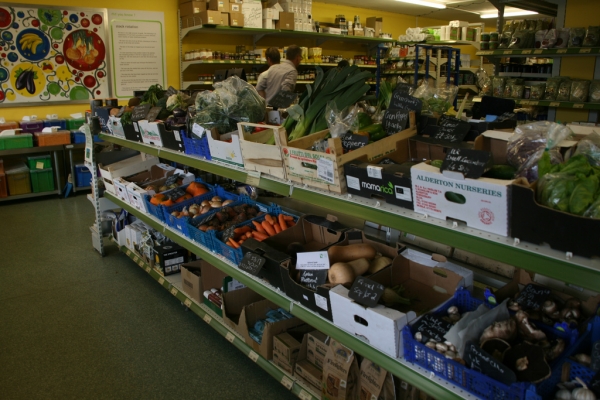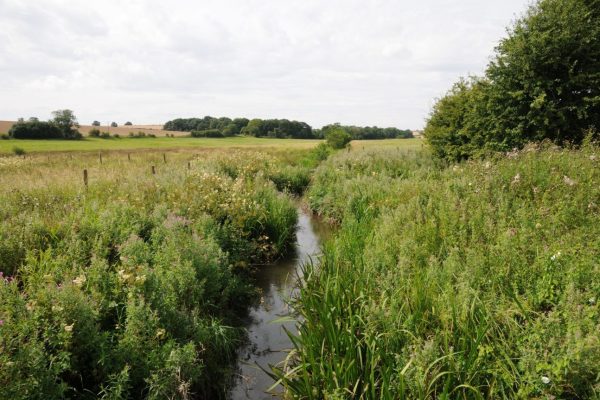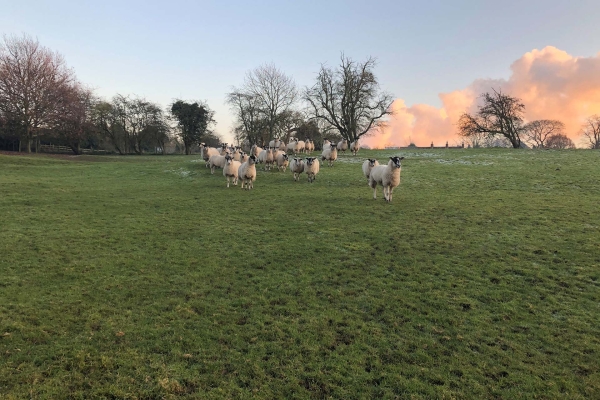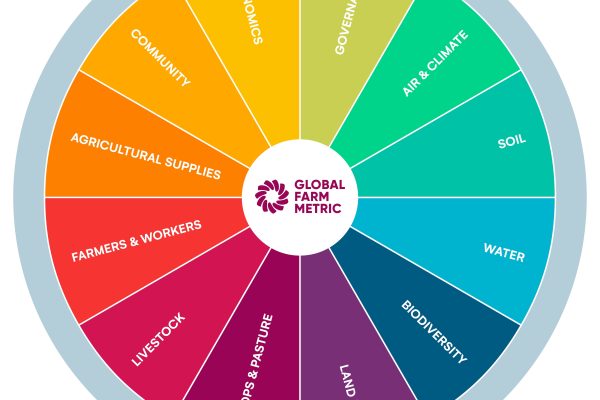Environmental footprinting for farm businesses
Resource explained
Environmental footprint calculators have been developed to address the need of measuring and monitoring our impact on the environment. This report was produced as part of the Better Organic Business Links (BOBL) project which focused on developing new, emerging and existing markets for organic produce whilst driving innovation at all levels within the supply chain. The information is relevant to farming businesses that deploy various farming approaches. The report focuses on environmental footprint calculators that determine carbon footprints. It was created to help improve understanding of how footprinting calculators work, and explain how and why they differ from one another. It looks at: Why you might want to calculate your farm footprint; how carbon calculators work and problems and limitations with them; issues surrounding choosing the right calculator for a particular farm or purpose; characteristics of various carbon calculators currently in use; and sustainability assessment tools that consider wider impacts.
Findings & recommendations
- Calculating the environmental footprint of your farm can help you to measure, monitor and reduce it and subsequently improve the efficiency and performance of your business. It can also be a useful marketing tool.
- Different calculators are suited for different purposes, which has a significant impact on the scope and methodology of the calculators.
- Being able to see which aspects of your business make the largest contributions to the total emissions and identify practical steps to reduce those emissions can help you make savings and improve efficiency.
- Choice of calculator can be determined by the specific job you want it to do so it is important to be clear about your objectives and the scope and degree of accuracy that you need.
- Consider ease of use, simplicity versus accuracy, the scope and dataset used, and how the results are interpreted.
- The report reviews some calculators available at the time of print, and includes a useful quick reference chart comparing them against the criteria of: Developed by; format; availability; purpose; ease of use; methodology; scope; emissions (fuel and electricity, livestock and soils / crops); focus on organic systems; and level of sequestration focus.
- It also includes details of some sustainability assessment tools and what they cover.
N.B. The Farm Carbon Assessment Tool (FCAT) and CPLAN (included within the review) are not currently accessible.



